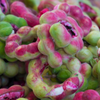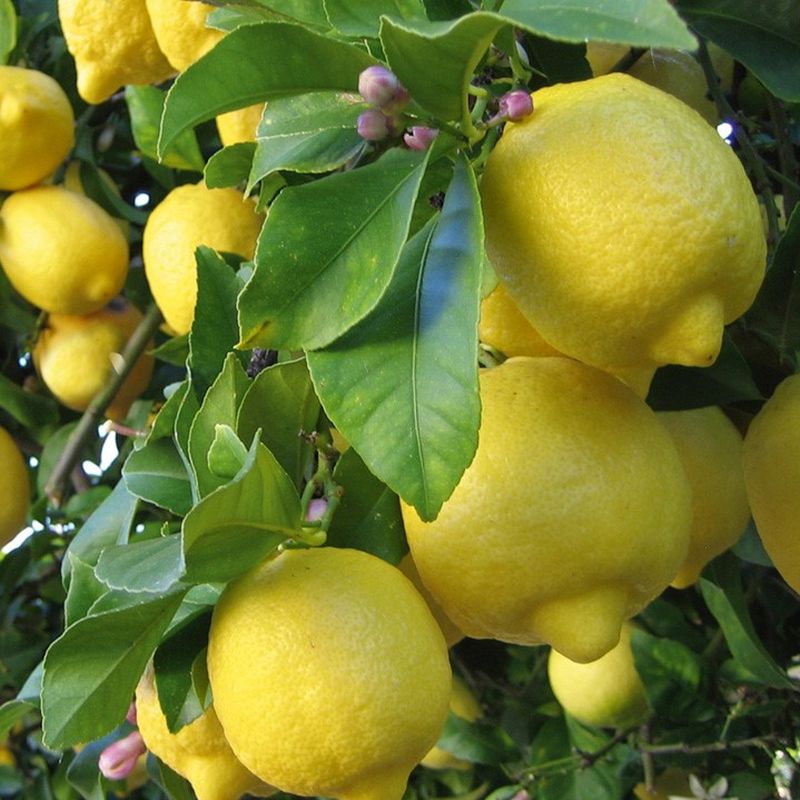
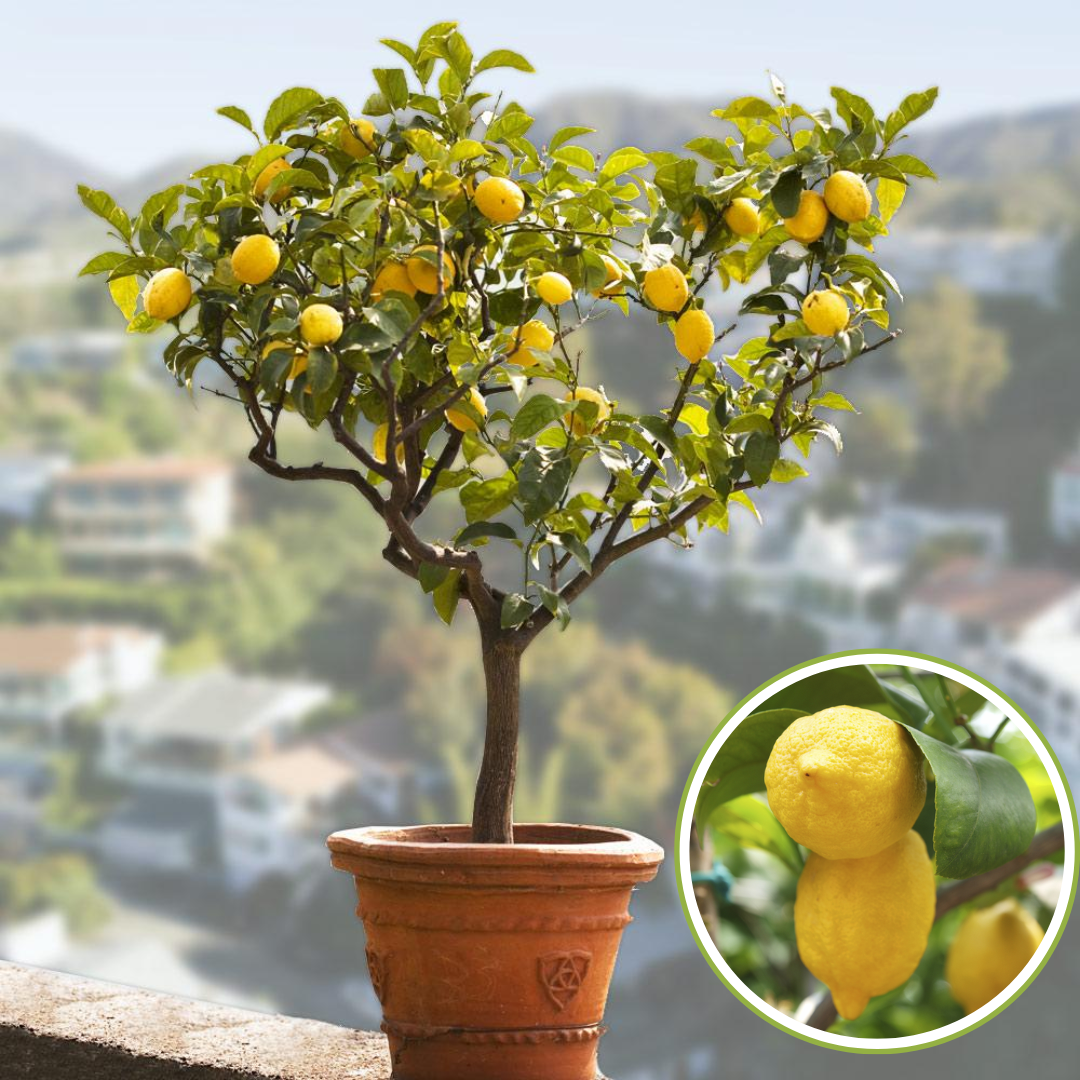
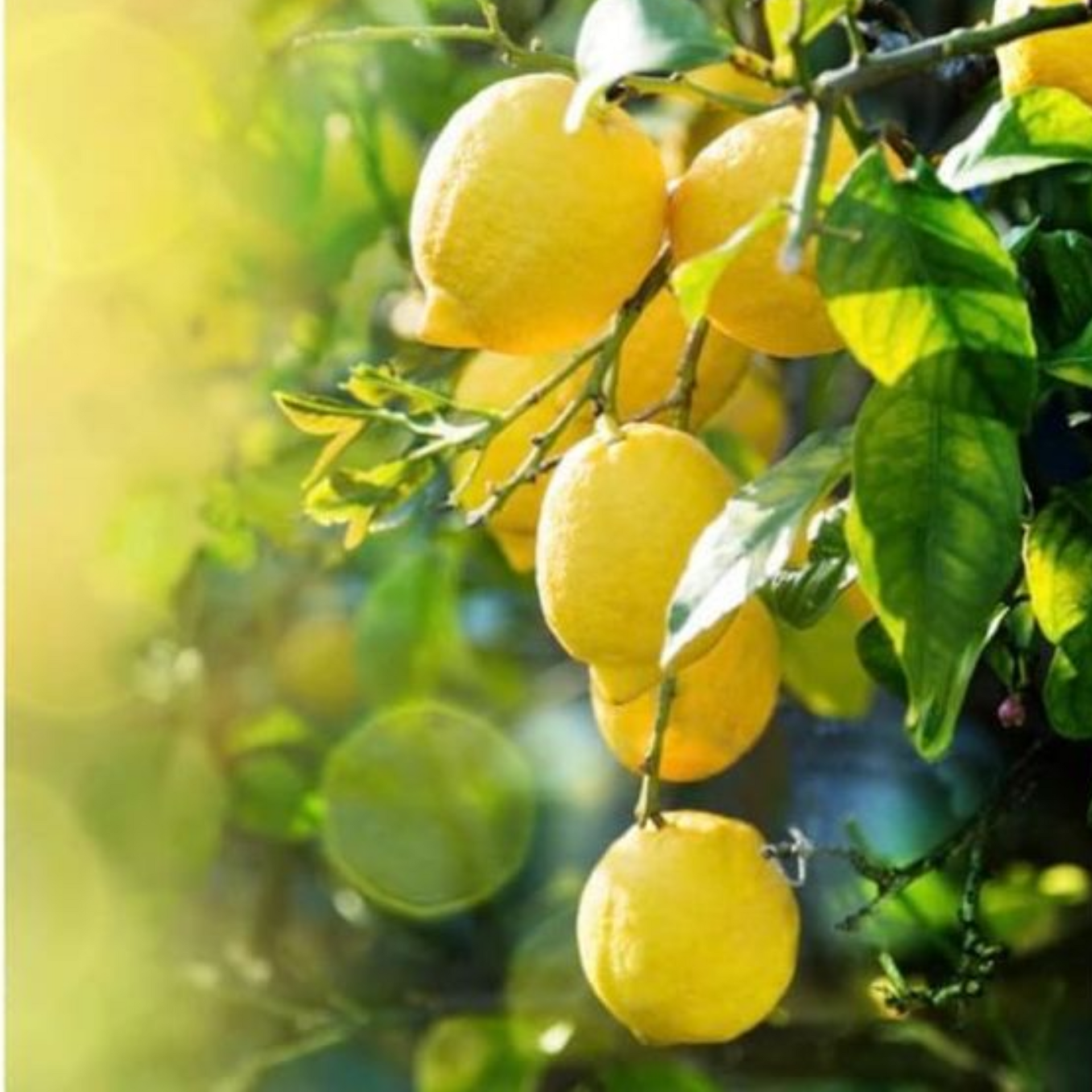
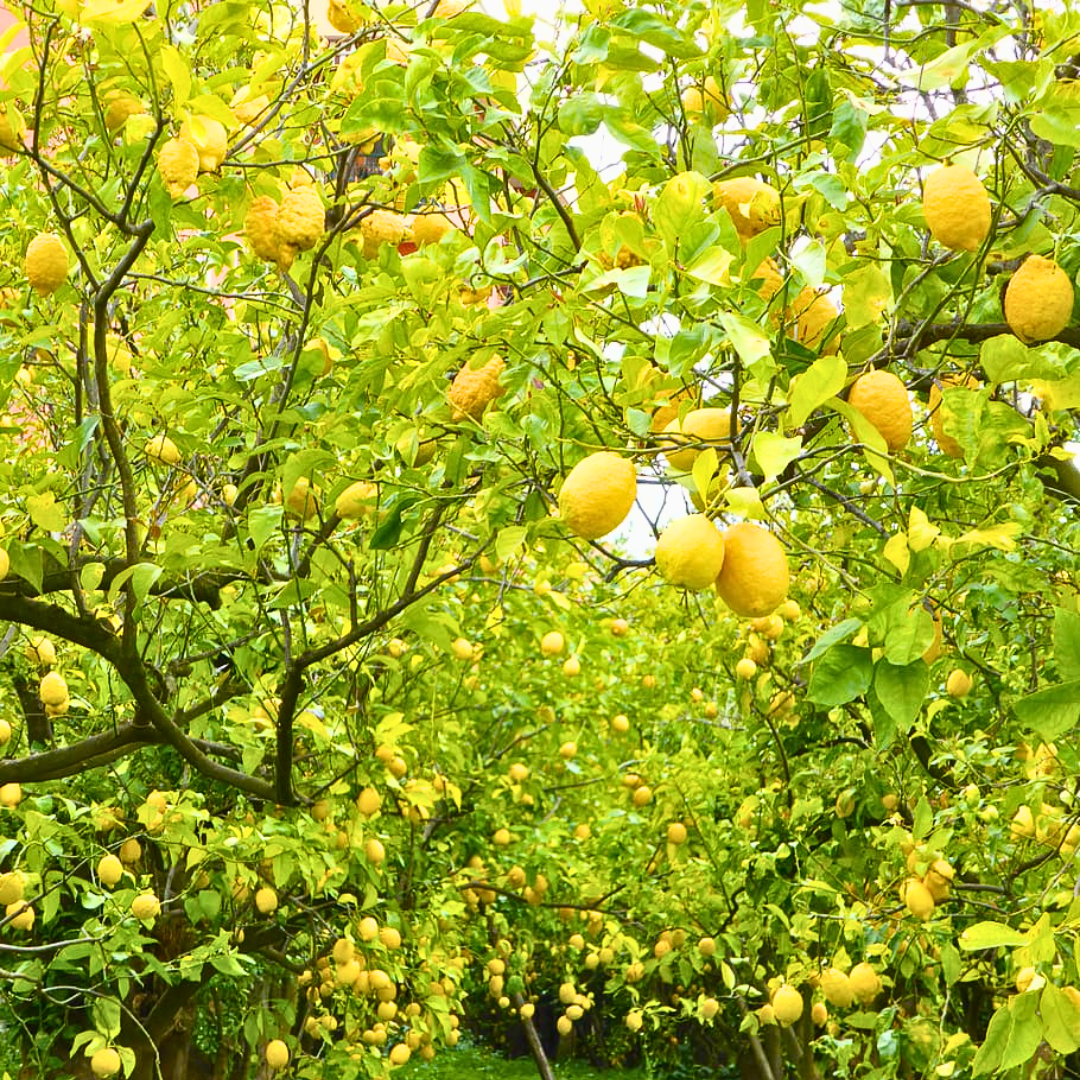
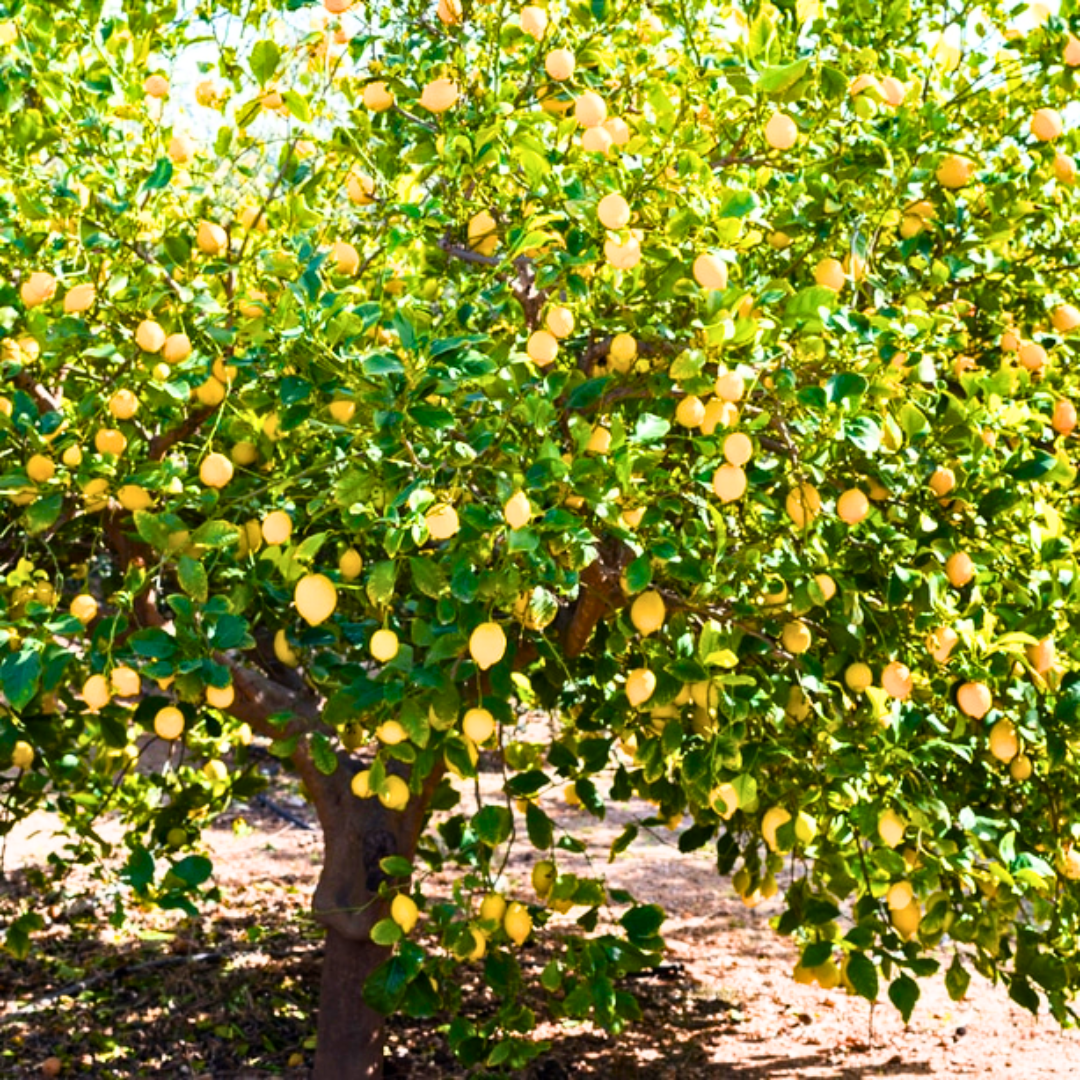
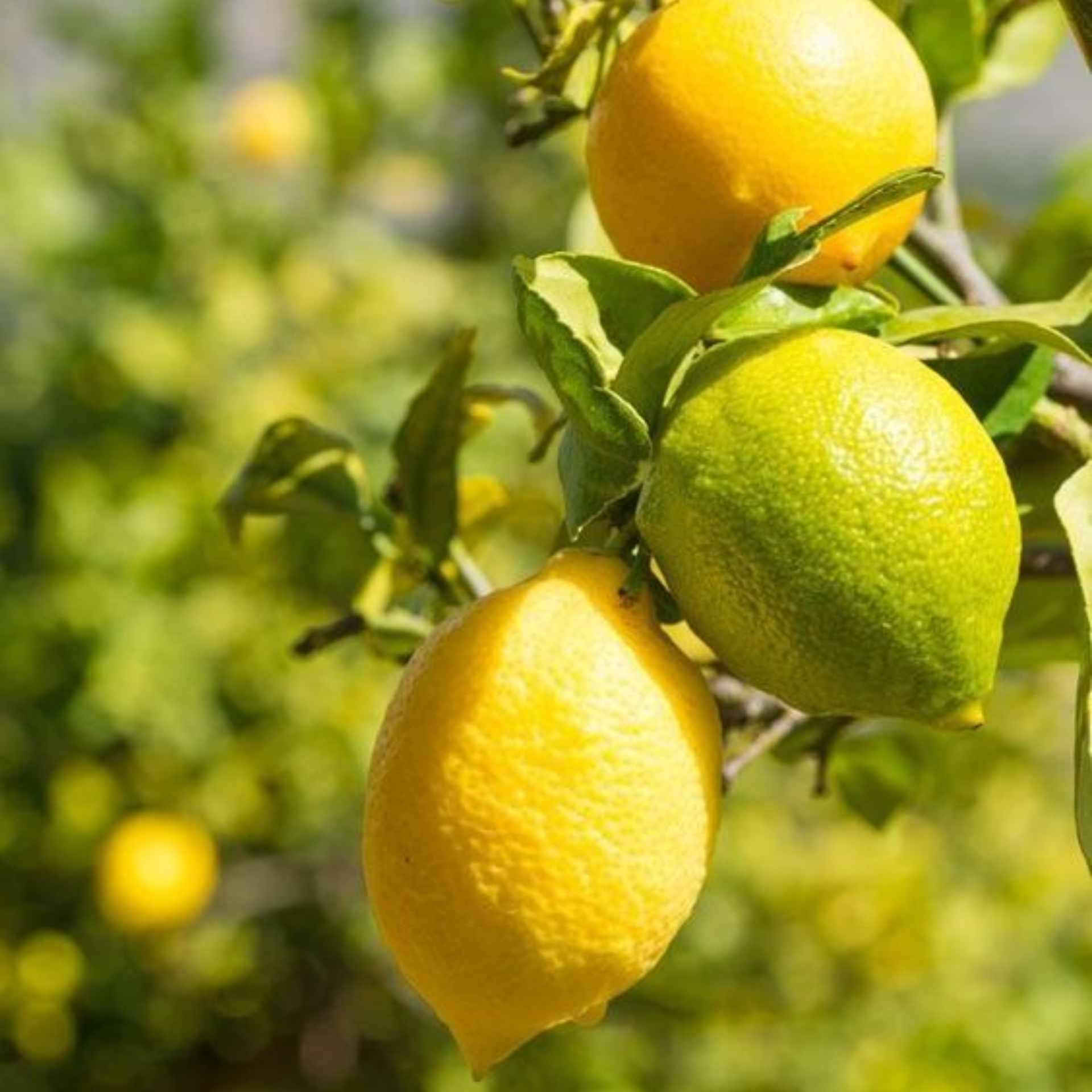

Green Paradise Italian Lemon Fruit Live Plant
Guaranteed Safe Checkout
Green Paradise Offers Amazing And Most Easy To Grow Italian Lemon Plant
About The Italian Lemon Plant
Light
The Lemon Tree thrives in full sun in a place that is protected from the wind. If a freeze is possible in your area, plant on the southwestern side of the house along a wall for protection.
Soil
Dig a hole twice as wide and deep as the root ball. If the root is bound, cut across the ball a few times; this will loosen the roots and encourage them to reach for nutrients in well-drained fertile soil. All citrus trees thrive in a soil of medium texture and moderate depth with a slight acidity.
Water
Fill the hole with soil halfway. Water. When the soil absorbs moisture, tamp down and fill the hole. Water again. Create a water trench. Water twice a week for the first month. Water once a week for the rest of the season or more often in the event of drought.
fruits are very juicy and used in every dish. it also has medicinal value. The Italian lemon plant, known scientifically as Citrus limon, is a popular citrus tree cultivated for its tangy and aromatic fruits. Lemons are believed to have originated in Southeast Asia and were introduced to Italy during the time of ancient Rome. Italy, particularly the southern regions such as Sicily and the Amalfi Coast, is renowned for its high-quality lemons.
Here are some key features and characteristics of the Italian lemon plant:
Appearance:
The Italian lemon tree is an evergreen tree that can reach a height of 10 to 20 feet (3 to 6 meters). It has glossy green leaves, fragrant white flowers, and thorny branches.
Fruit:
The lemons produced by the Italian lemon plant are medium to large in size and have a bright yellow, smooth, and thick rind. They are oval or elliptical in shape and typically have a pointed tip. Italian lemons are known for their high juice content, vibrant color, and distinctively tangy and flavorful taste.
Growing Conditions:
Italian lemon trees thrive in a Mediterranean climate, which is characterized by mild winters and hot, dry summers. They require full sun exposure to produce abundant fruits. The soil should be well-draining, slightly acidic, and rich in organic matter.
Cultivation:
Italian lemon trees can be grown from seeds, although it takes a long time for them to reach maturity and bear fruit. Therefore, most lemon trees are propagated through grafting or budding onto rootstocks. This method ensures that the new plant inherits the desirable characteristics of the parent tree. Proper care includes regular watering, fertilization, pruning, and protection from frost during colder months.
Culinary Uses:
Italian lemons are highly versatile and widely used in Italian cuisine. The juice and zest of lemons add a refreshing and tangy flavor to numerous dishes, including pasta, fish, salads, desserts, and beverages such as limoncello. Lemon trees are also prized for their fragrant leaves, which are used in herbal teas, potpourri, and as a flavoring in various culinary creations.
Health Benefits:
Lemons are rich in vitamin C and are known for their antioxidant properties. They are also a good source of dietary fiber and contain various minerals like potassium and magnesium. Lemon consumption is associated with potential health benefits, such as boosting the immune system, aiding digestion, and promoting skin health.
Italian lemons are not only cherished for their culinary applications but also for their ornamental value. The lush green foliage and vibrant fruits make the Italian lemon tree an attractive addition to gardens and landscapes, both in Italy and around the world.
How To Grow Italian Lemon Plant
To successfully grow an Italian lemon plant, follow these general guidelines:
Climate and Location:
Italian lemon trees thrive in a Mediterranean climate, with mild winters and hot, dry summers. They require at least 8 hours of direct sunlight daily. If you live in a region with cold winters, consider growing the lemon tree in a pot or container that can be brought indoors during the colder months.
Soil Preparation:
Italian lemon trees prefer well-draining soil that is slightly acidic with a pH range of 5.5 to 6.5. Amend the soil with organic matter, such as compost or well-rotted manure, to improve its fertility and drainage. This will provide the lemon tree with essential nutrients.
Planting:
Choose a healthy Italian lemon sapling or obtain a grafted tree from a reputable nursery. Dig a hole that is slightly larger and deeper than the root ball of the sapling. Place the tree in the hole, ensuring that the root ball is level with or slightly above the soil surface. Fill the hole with soil, gently firming it around the roots. Water thoroughly.
Watering:
Adequate watering is crucial for the healthy growth of the lemon tree. Water deeply but infrequently, allowing the soil to dry out slightly between waterings. Avoid overwatering, as excessive moisture can lead to root rot. During hot and dry periods, increase the frequency of watering to keep the soil consistently moist.
Fertilization:
Italian lemon trees benefit from regular fertilization to support their growth and fruit production. Use a balanced citrus fertilizer or a slow-release fertilizer specifically formulated for citrus trees. Follow the instructions on the fertilizer package regarding application rates and timing. Apply the fertilizer during the growing season, typically from spring to early fall.
Pruning:
Prune the lemon tree to maintain its shape, remove dead or damaged branches, and promote air circulation. Pruning is typically done in late winter or early spring before the new growth emerges. Avoid excessive pruning, as it may reduce fruit production.
Pest and Disease Control:
Monitor the lemon tree for common pests such as aphids, scale insects, and citrus leaf miners. Use organic or chemical controls as necessary to manage pest infestations. Ensure good air circulation around the tree and remove fallen leaves or debris to prevent fungal diseases.
Frost Protection:
If you live in a region with occasional frost or cold winters, provide protection to the lemon tree during colder months. Cover the tree with frost blankets or move potted trees indoors to a cool, well-lit area.
Remember to be patient when growing an Italian lemon plant as it may take a few years for the tree to mature and produce a significant number of fruits. With proper care, you can enjoy the beauty and bounty of Italian lemons in your own garden or indoor space.
After a month of ordering and paying full amount, the plants were not delivered to me. I want immediate refund.
happy with purchase


